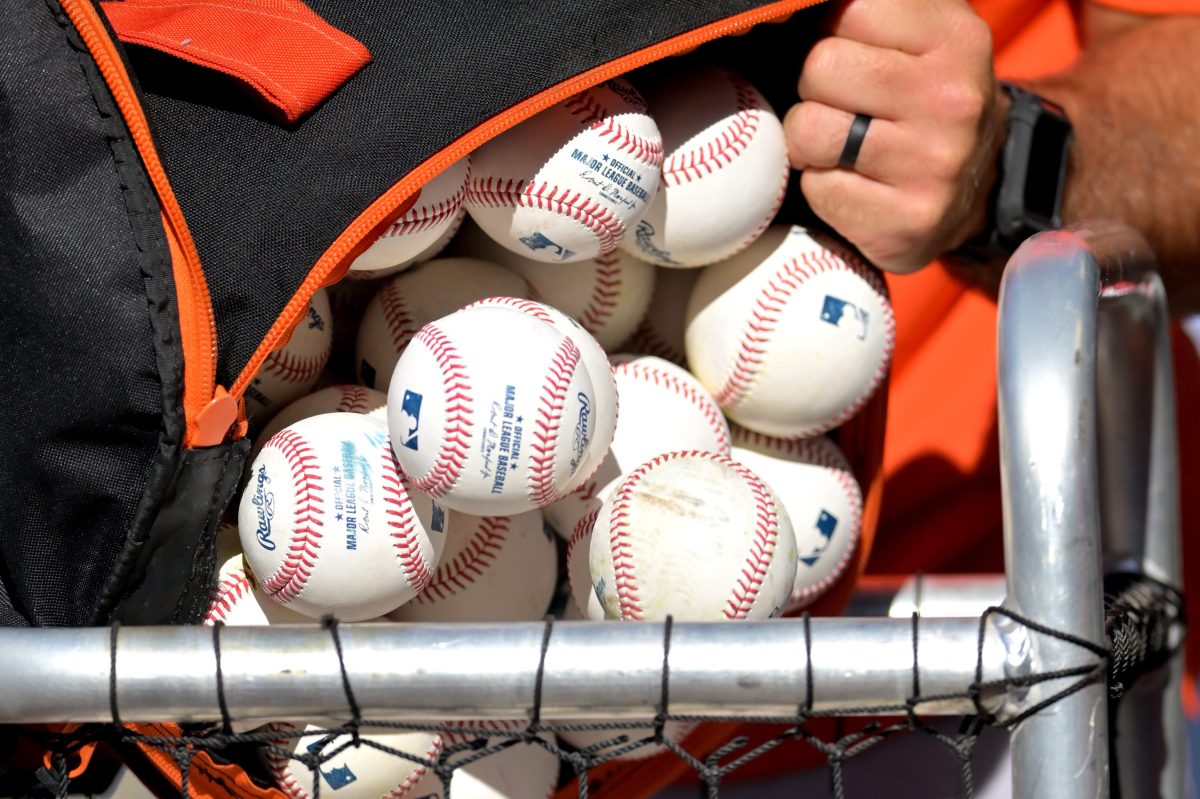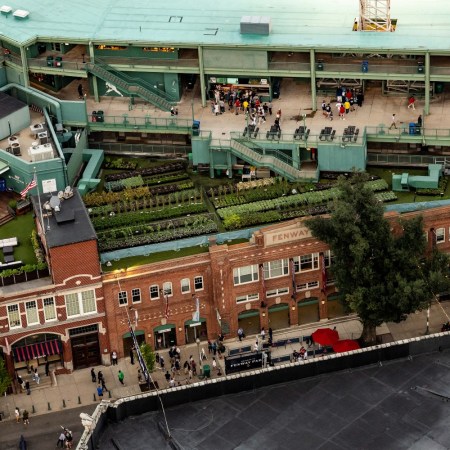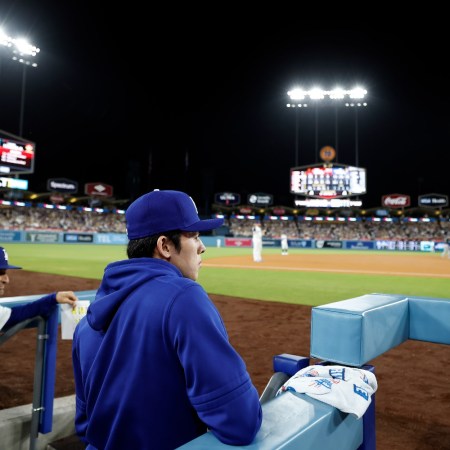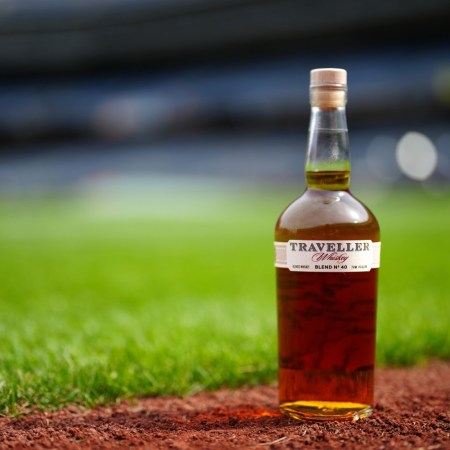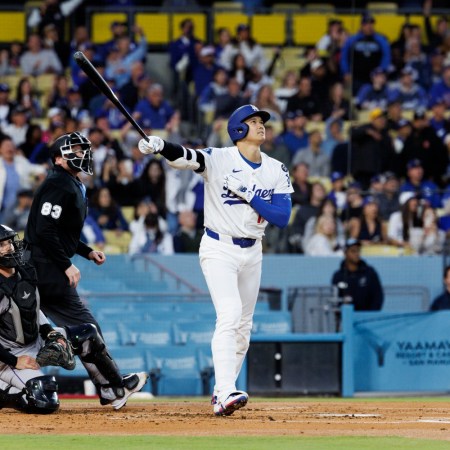As of this writing, teams in Major League Baseball are averaging fewer than one home run per game (0.90) and collectively batting .231 this season while scoring a dismal 4.06 runs per game.
One explanation for the putrid offensive numbers could be the length of spring training, which was substantially shorter this season after it was delayed due to the lockout and postponement of the season due to labor negotiations. It takes time for batters to lock in at the plate, and a lack of at-bats against top-level pitching could have put hitters behind the eight ball.
Another explanation could be even simpler: the actual Major League baseball(s).
In order to cut down on home runs, the balls MLB is using are engineered to be less hard, less bouncy and have more drag than previous balls, enough to reduce the batted ball distance by around two feet. Adding to that reduction in batted ball distance is the fact that more than 20 stadiums in MLB are now storing their game balls in humidors, a tactic the Rockies have used for years to help combat the thin air in Denver.
Another issue with the balls MLB is using is that there are probably two of ’em at play throughout the league at any given time. As was the case last year (though it wasn’t publicized until after the season), MLB used a “deadened” ball designed to cut down on home runs like the one described above as well as a heavier one that could be hit farther in 2021. The league blamed the issue on supply chain problems caused by COVID-19.
“Generally, balls are produced 6-12 months prior to being used in a game. Because Rawlings was forced to reduce capacity at its manufacturing facility due to the COVID-19 pandemic, the supply of re-centered baseballs was not sufficient to cover the entirety of the 2021 season. To address this issue, Rawlings incorporated excess inventory into its shipments to Clubs to provide a full complement of baseballs for the 2021 season,” MLB said in a statement.
Per USA Today, pitchers and hitters can tell the difference between the two balls based on how far a batted ball travels relative to the sound of the crack of the bat. “Honestly, I can tell you right now there are two different baseballs still,’’ Arizona Diamondbacks reliever Ian Kennedy told USA Today. “I’m not an idiot. I’ve been in baseball my whole life. At the beginning of the year, we were using just one ball, it took the mud better, it was more porous, a rougher feel. The other one is more noticeably different because it’s so smooth. It’s the same thing this year. There’s still one ball different than the other. But if we say anything about it, we’re just pitchers complaining.’’
Kennedy is speaking up about the discrepancy, as are members of the Mets after New York had three batters hit by a pitch yesterday to raise their total hit batsmen on the season to an MLB-high 18 through 19 games. (No other MLB team is getting plunked nearly as much.)
Chris Bassitt, who toes the rubber for the Mets after spending years in Oakland with the A’s, blames the balls pitchers are using for the pounding New York batters are taking, instead of handing out, at the plate.
“MLB has a very big problem with the baseballs. They’re bad,” Bassitt said. “Everyone knows it. Every pitcher in the league knows it. They’re bad. They don’t care. The MLB doesn’t give a damn about it. They don’t care. We’ve told them there are problems with them. They don’t care.”
If those anemic offensive numbers mentioned at the top don’t improve, they will.
The Charge will help you move better, think clearer and stay in the game longer. Subscribe to our wellness newsletter today.
